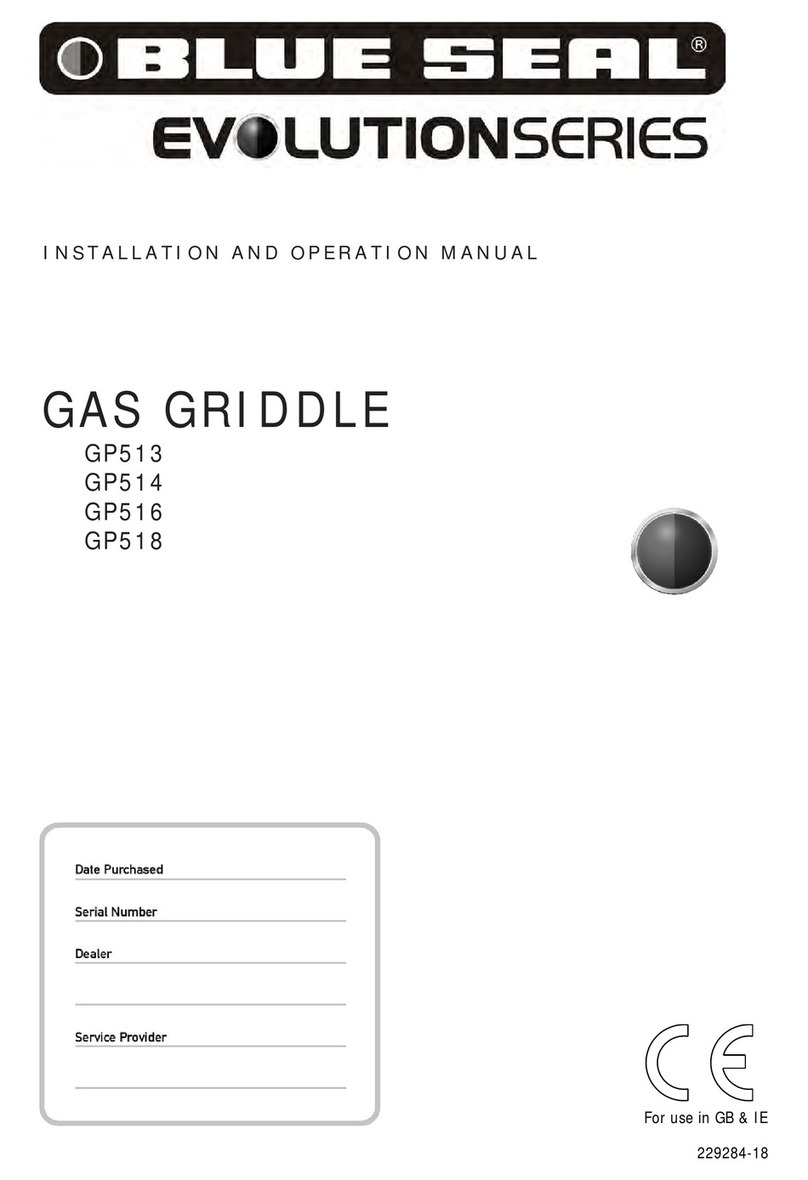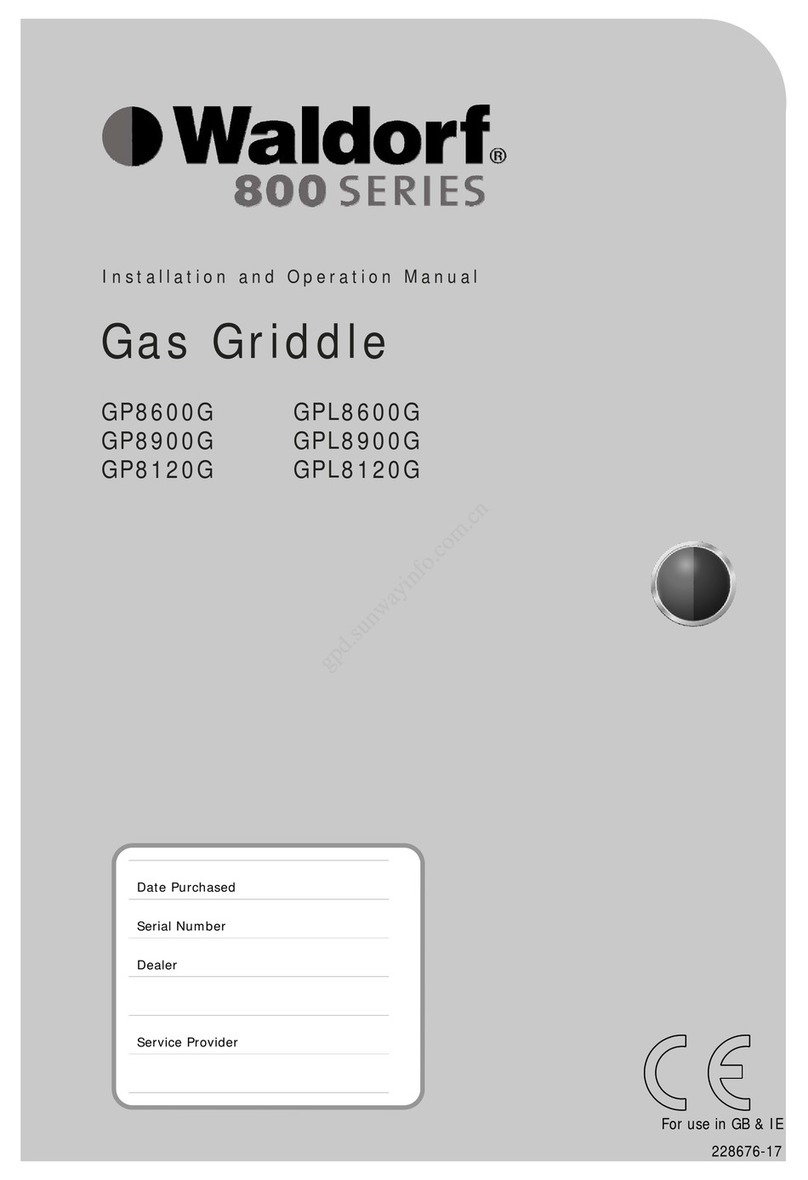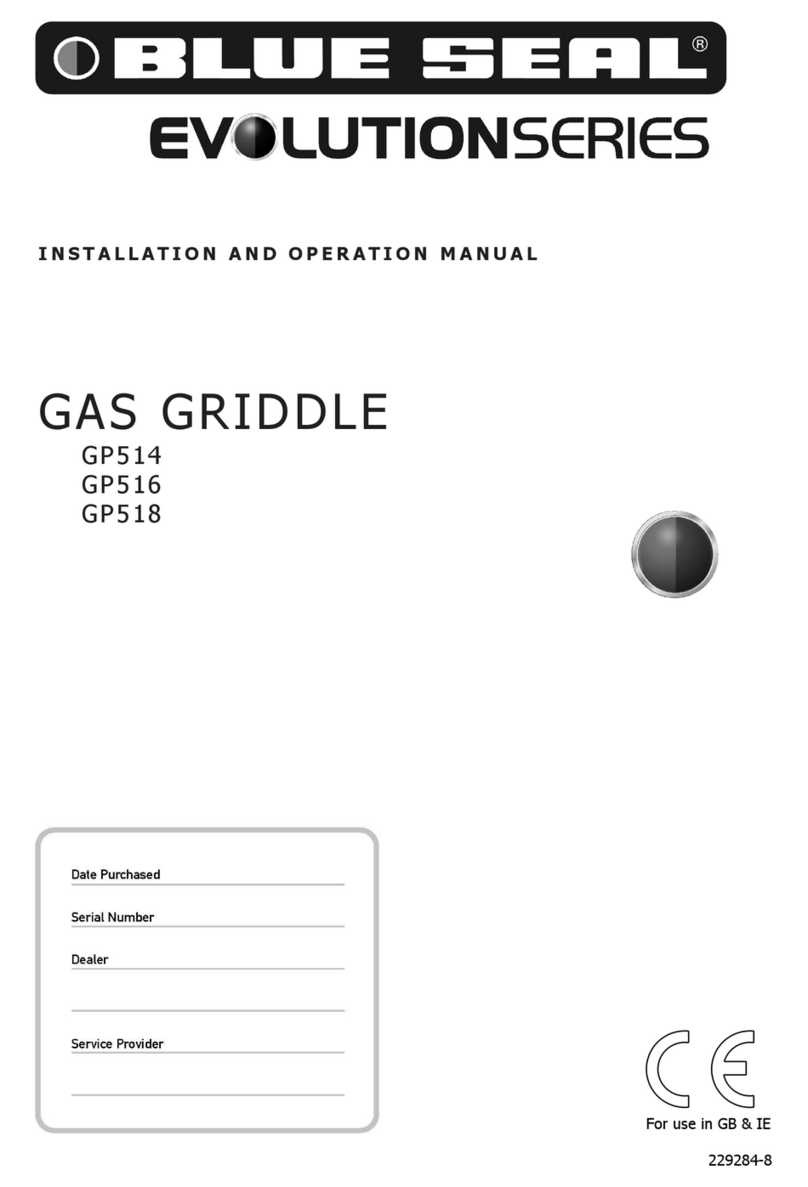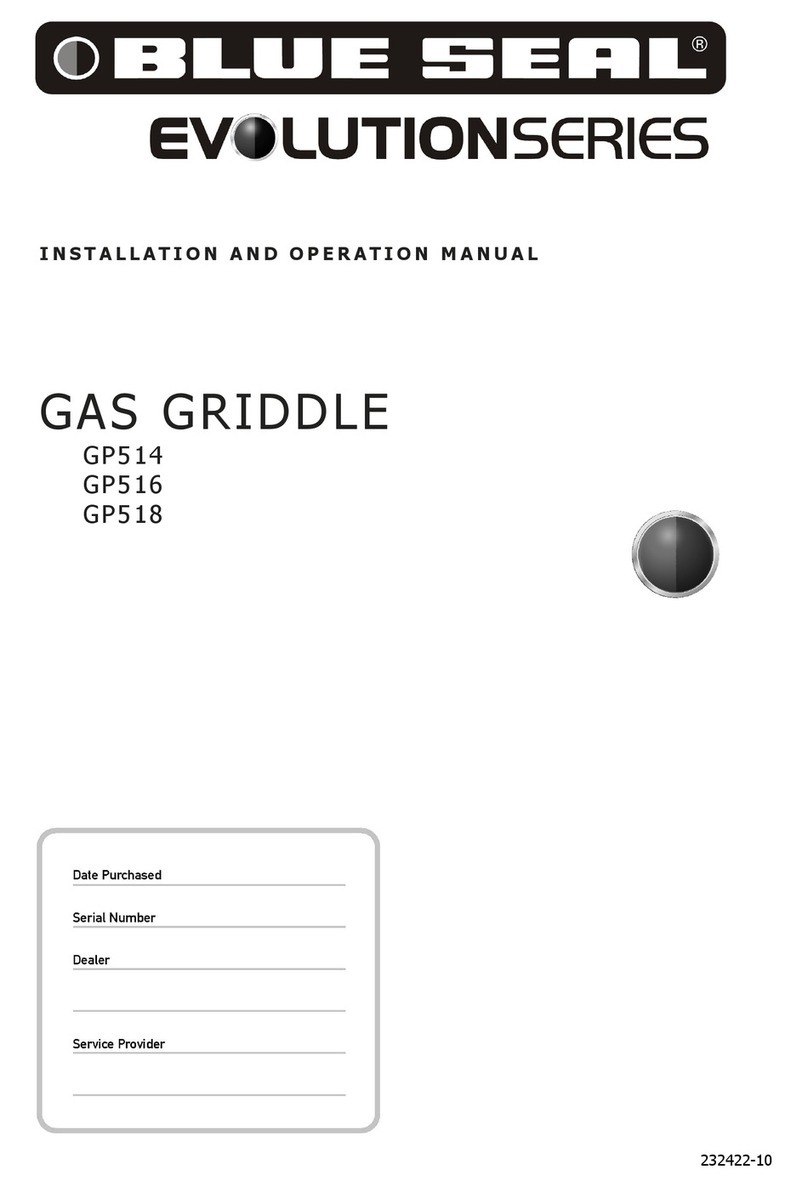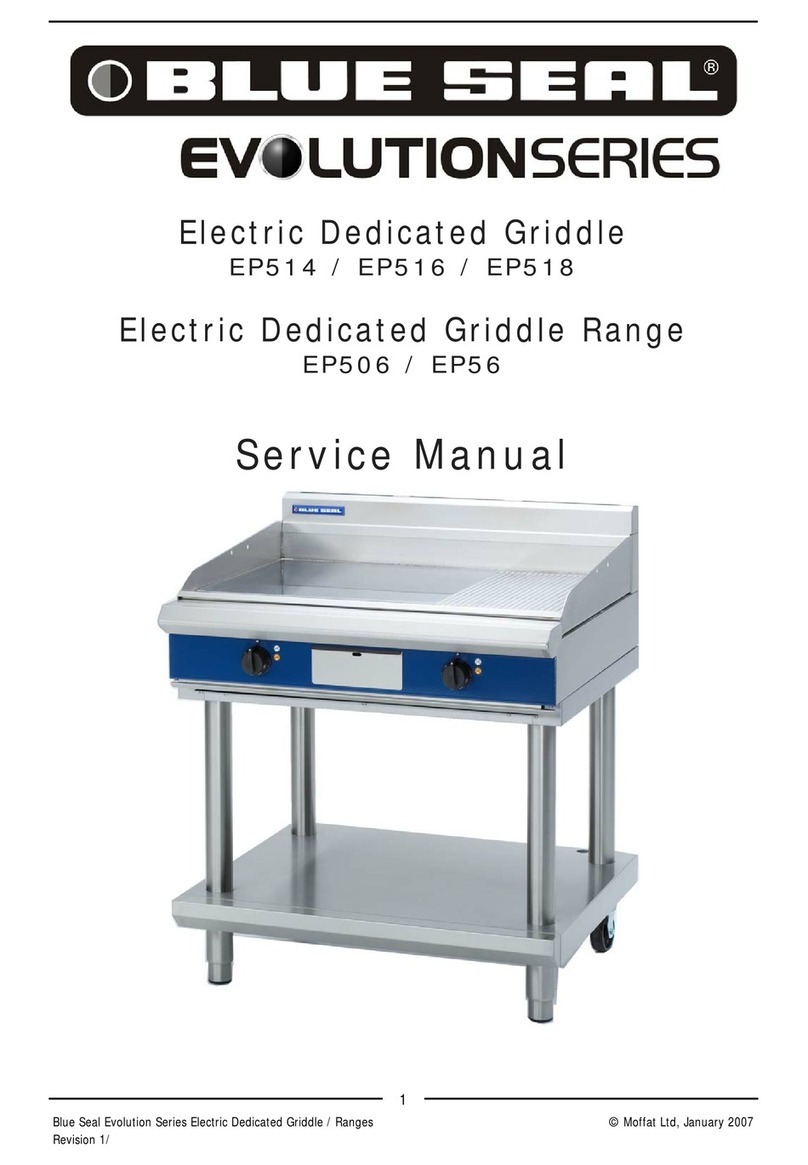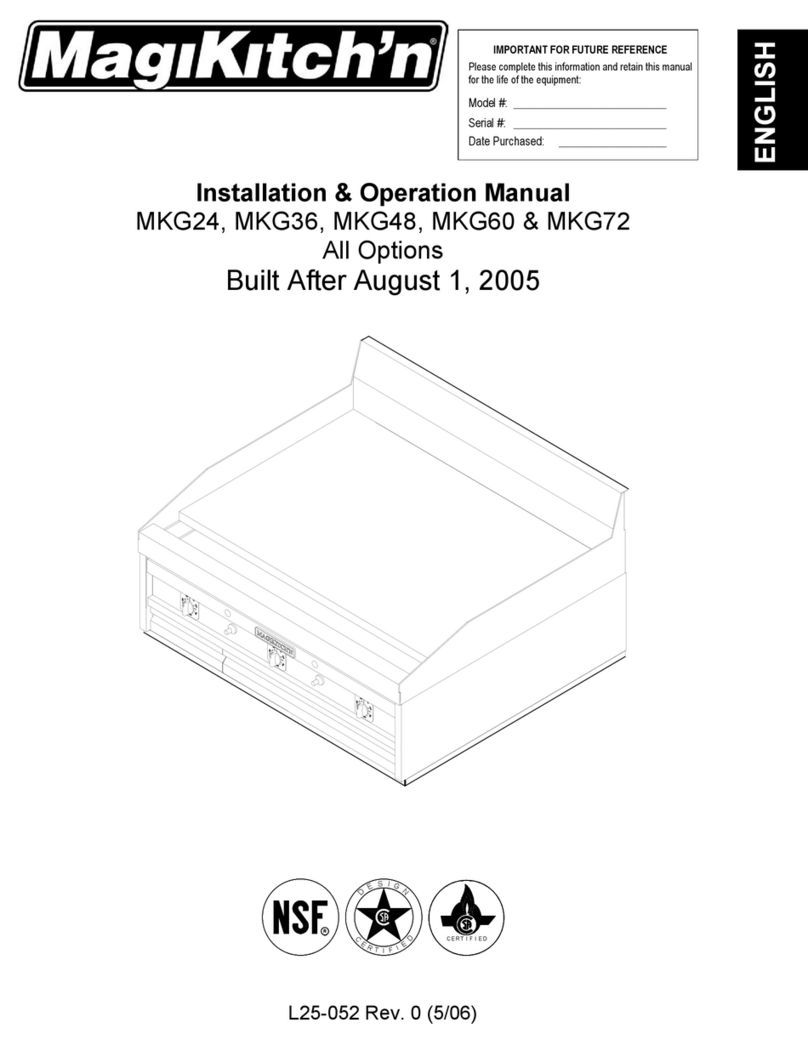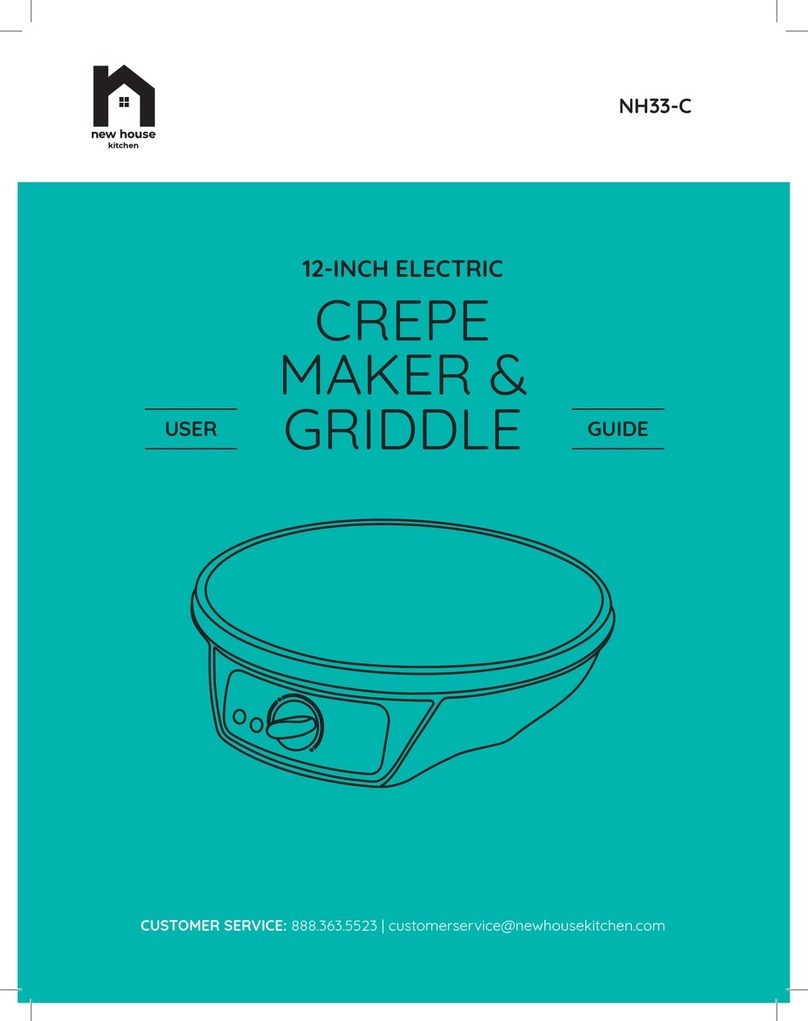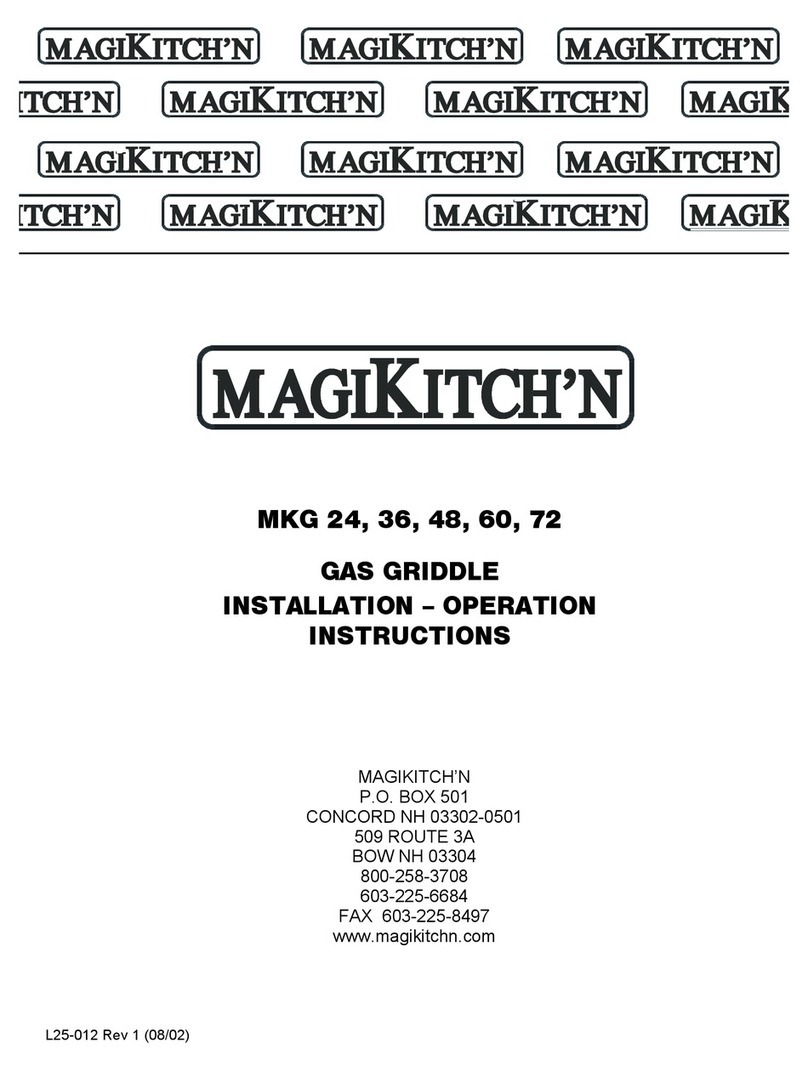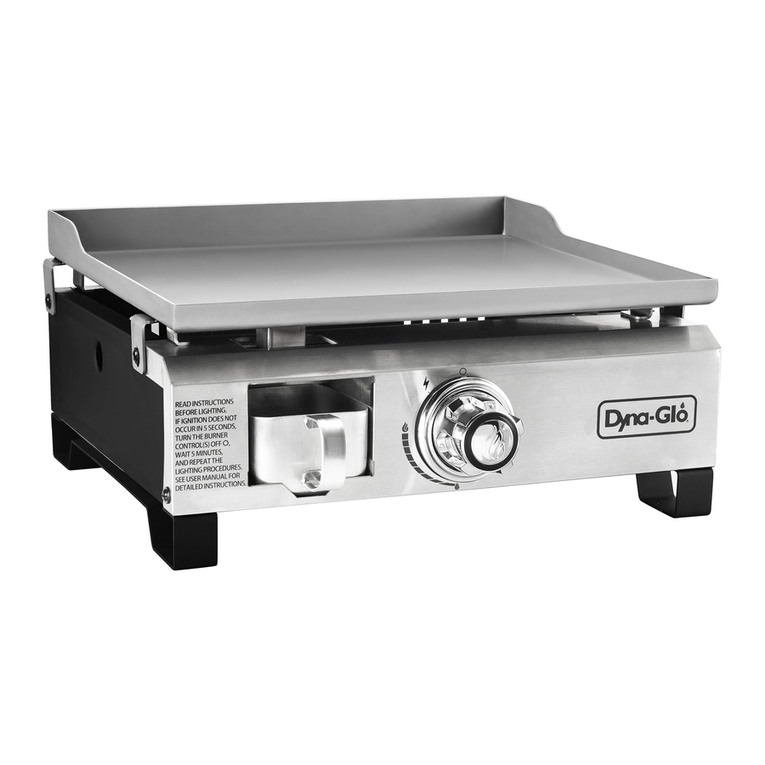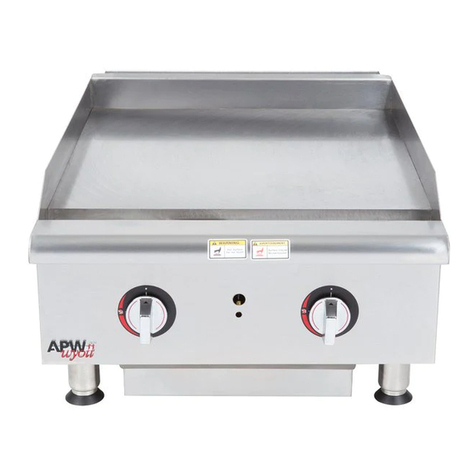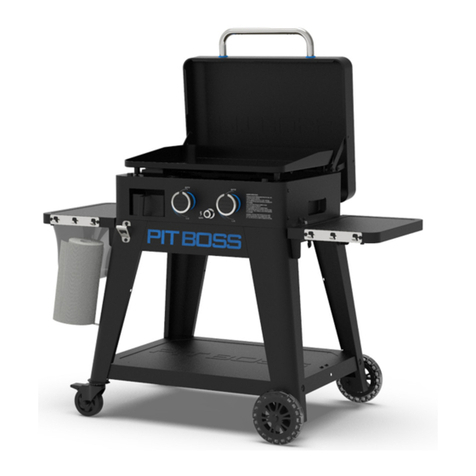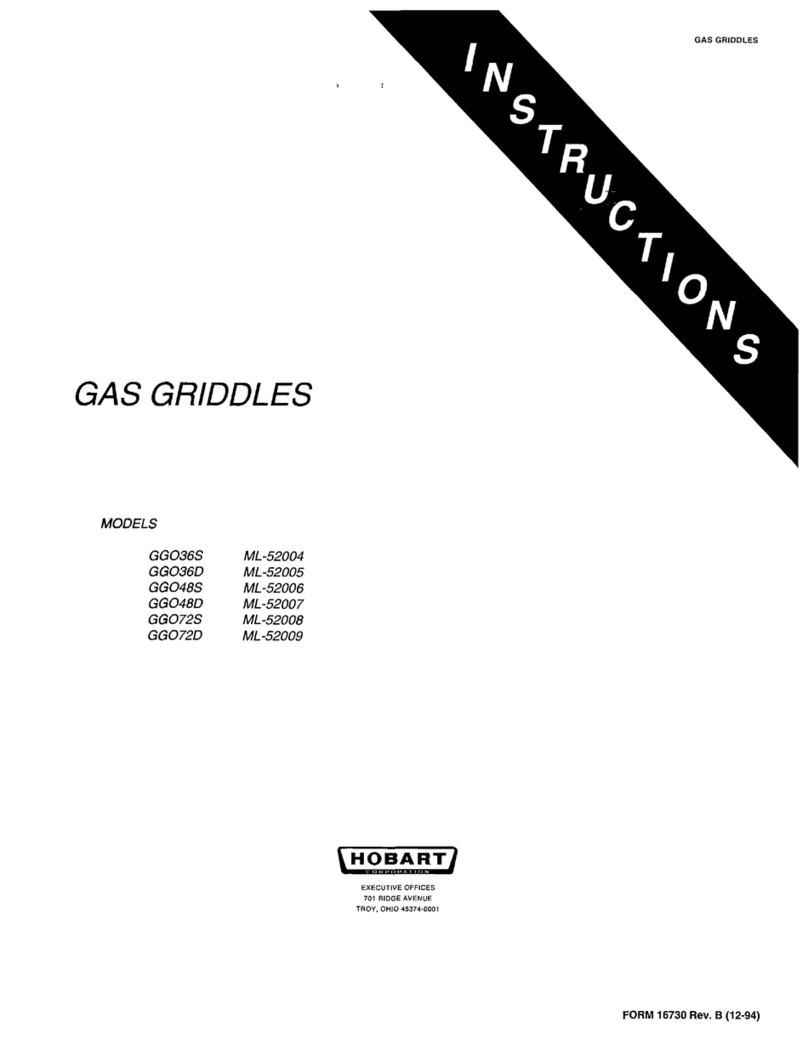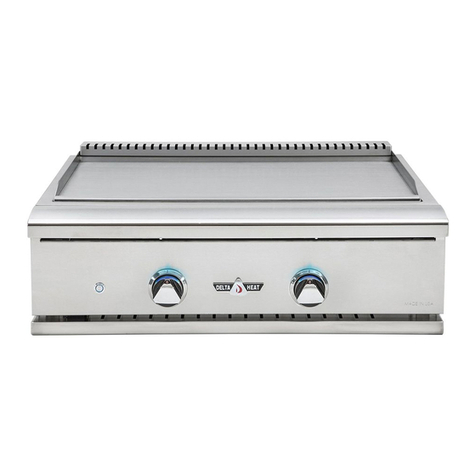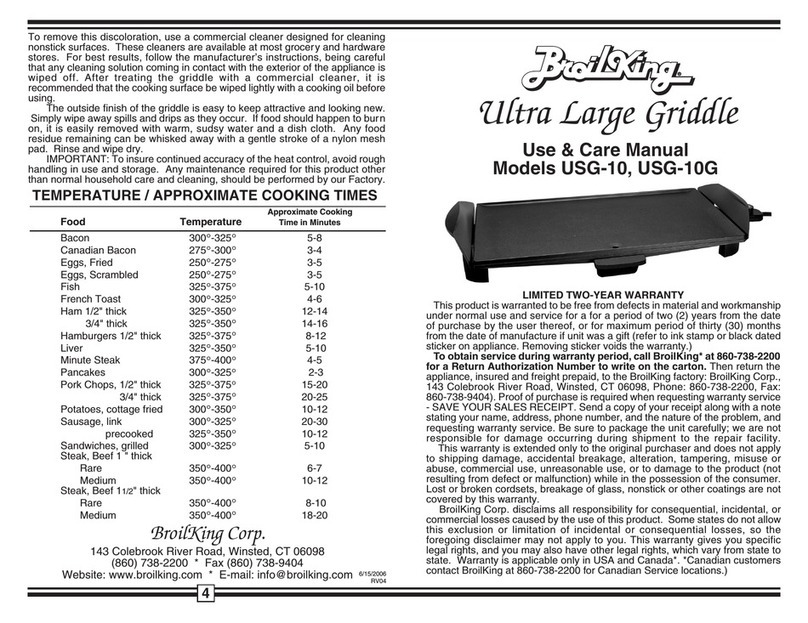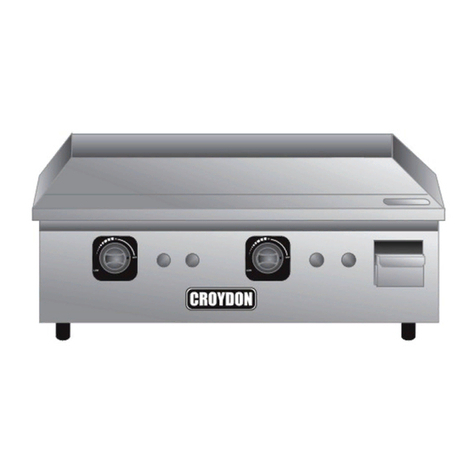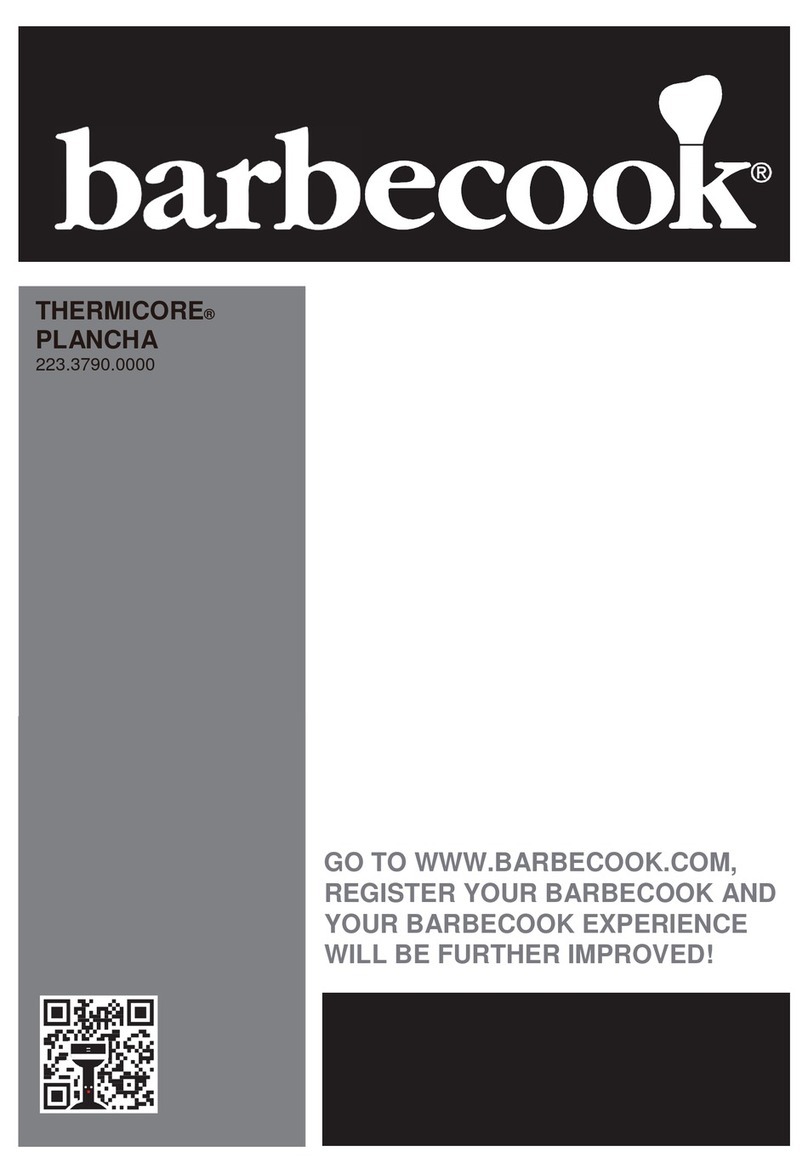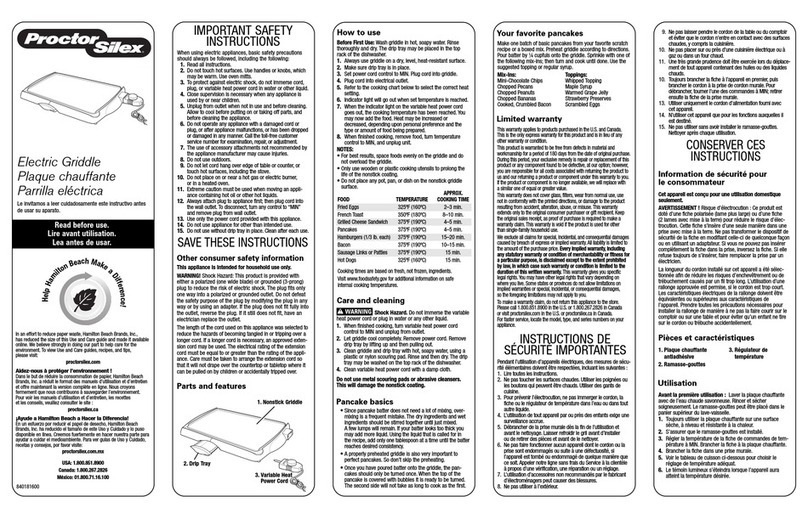1
Specifications
1
© Moffat Ltd, January 2007
Revision 1/
Blue Seal Evolution Series Gas Griddles
Model Numbers covered in this Specification
GP514 - B Gas Griddle 600mm wide Bench Model.
GP514 - CB Gas Griddle 600mm wide with Cabinet Base.
GP514 - LS Gas Griddle 600mm wide on Leg Stand.
GP516 - B Gas Griddle 900mm wide Bench Model.
GP516 - CB Gas Griddle 900mm wide with Cabinet Base.
GP516 - LS Gas Griddle 900mm wide on Leg Stand.
GP516 - RB Gas Griddle 900mm wide with Refrigerated Base.
GP518 - B Gas Griddle 1200mm wide Bench Model.
GP518 - CB Gas Griddle 1200mm wide with Cabinet Base.
GP518 - LS Gas Griddle 1200mm wide on Leg Stand.
GP518 - RB Gas Griddle 1200mm wide with Refrigerated Base.
Gas Supply (Non UK models)
Natural Gas LP Gas (Propane)
GP514 GP516 GP518 GP514 GP516 GP518
Input
Rating 53 MJ/hr
(50,234 BTU) 80 MJ/hr
(75,825 BTU) 108 MJ/hr
(102,364 BTU) 53 MJ/hr
(50,234 BTU) 80 MJ/hr
(75,825 BTU) 108 MJ/hr
(102,364 BTU)
Supply
Pressure 1.13 - 3.40 kPa
(4.5” - 13.5” w.c.) 2.75 - 3.40 kPa
(11” - 13.5” w.c.)
Operating
Pressure 0.85 kPa (*)
(3.4” w.c.) 0.90 kPa (*)
(3.6”w.c.) 2.5 kPa (*)
(9.8” w.c.)
Gas
Connection ¾” BSP Male
2.6 kPa (*)
(10.2” w.c.)
Natural Gas (G20) Propane (G31)
GP514 GP516 GP518 GP514 GP516 GP518
Heat Input (nett) 13.3 kW 21 kW 28.5 kW 13.3 kW 21 kW 28.5 kW
Gas Rate (nett) 1.41 m3/hr 2.22 m3/hr 3.02 m3/hr 1.03 kg/hr 1.63 kg/hr 2.21 kg/hr
Supply Pressure 20 mbar 37 mbar
Burner Operating
Pressure 8.5 mbar (*) 8.2 mbar (*)
Gas Connection 3/4” BSP Male
26 mbar (*)
Gas Supply (Non UK models)
*The burner operating pressure is to be measured at the gas control valve outlet test point with one
griddle burner operating at ‘High’ setting. The operating pressure is ex-factory set, through the
appliance regulator and not to be adjusted, apart from when carrying out gas conversion, if required.
(Refer to the ‘Gas Conversion’ section for details).

